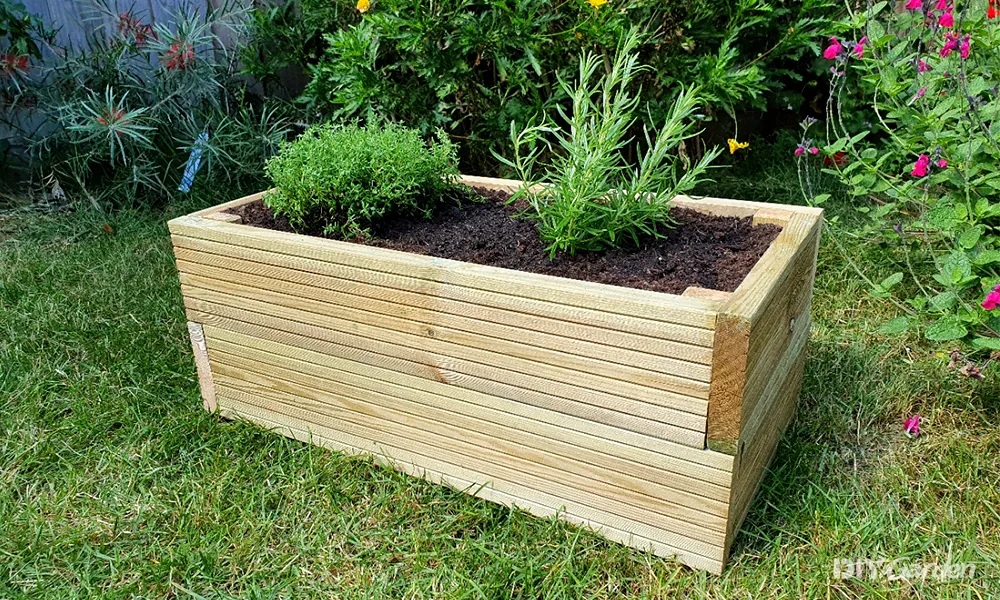You may be asking yourself, “Why garden?” How about we serve you the freshest fruits and vegetables you’ve ever tasted? There is nothing quite like fresh vegetables. It is especially when they are grown by oneself, which is possible. There is nothing comparable to fresh produce. Read below for more tips here.
Despite the fact that it may initially appear to be challenging, gardening is a tremendously satisfying activity. This article focuses on the fundamentals of vegetable gardening and planning, brought to you by Otley Fencing Company. It includes how to choose an appropriate location for your garden. It also includes designing a garden of the appropriate scale and determining which vegetables to cultivate.
Select the Correct Locale
It is crucial that you select an appropriate location for your garden. A less-than-ideal location may result in less-than-ideal produce. Consider the following suggestions when selecting a trustworthy website:
Position in the sun: The majority of vegetables require between six and eight hours of sunlight per day. There are numerous vegetables that can persist in partial shade, the majority of which are green.
Excellent drainage and moisture retention resistance:
If your soil does not drain well and tends to retain water, sowing your vegetables in a raised bed or elevated row can improve drainage. When the soil is wet, the roots become wet as well. It can contribute to root rot. If you have rocky soil, you should till it and remove the pebbles. It is because rocks inhibit the development of plant roots, resulting in plants that are weakened.
Unchanging and without wind:
Avoid areas that are susceptible to being blasted by high winds. It is as this could harm your young plants and prevent pollinators from performing their duties. Additionally you should avoid planting in areas that are prone to inundation or receive excessive foot traffic. Place your seedlings in a location that would make Goldilocks happy someplace “just right.”
As nutrient-dense as the soil
Your plant’s sustenance comes from the soil. Your plants will be weak and unhealthy if you have subpar soil that is thin and nutrient-deficient. To encourage plant growth, incorporate a substantial quantity of organic matter.
Measurements of the Garden
A 10-by-10-foot (100-square-foot) garden is an appropriate measure for growing in the ground. Choose three to five of your preferred vegetables and buy three to five plants of each variety.
In the beginning, a raised bed measuring 4 feet by 4 feet or 4 feet by 8 feet is optimal. If you desire a larger garden 12 feet by 24 feet is typically the maximum size you should endeavor for your first attempt. For example, a garden intended to feed a family of four might include Three mounds of yellow squash. It can be one mound of zucchini. It also can be ten varieties of peppers. It can be also six tomato plants and twelve okra plants. You can also add a 12-foot row of bush beans and two caged cucumbers with two eggplants.
Regardless of the size of your garden:
Leave approximately four-foot-wide access paths to your plants at regular intervals so that you can weed and harvest them. Just ensure that you will not need to step on the soil to reach the center of the row or bed you are working in.

